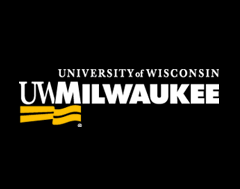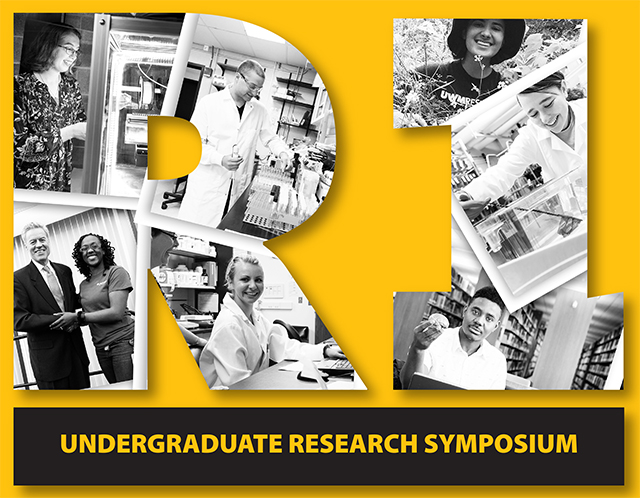Bacteria-Detecting Water Sensor
Mentor 1
David Rice
Mentor 2
Marcia Silva
Mentor 3
David Garman
Location
Union Wisconsin Room
Start Date
28-4-2017 1:30 PM
End Date
28-4-2017 4:00 PM
Description
Microbial contamination is a common concern in the public sector water with supplies constantly need supervision and analysis to ensure the health of many. Testing for all pathogens in water would be very expensive, so total coliforms and E.coli are used as indicators of water quality in relation to microbiological standards, as an inexpensive test. However, it takes 18-24 hours to obtain the results of these tests. There is an urgent need for low cost technologies capable of detecting bacteria in near real-time. The basic principle of the proposed bacteria-detecting water sensor is by measuring the electromagnetic characteristics of water. Based on the concept of permittivity, the process consists of applying an electrical charge then analyzing the discharge signature. Detection of bacterial content can be measured in seconds. Temperature compensation has proven to be essential giving a factor of 10-fold improvement in stability. Eventually the sensor will serve as a patentedtool for environmental purposes. A number of techniques were developed for these measurements. The temperature of DI water (no bacteria) was varied, the temperature characteristic was measured and mathematically corrected. A sample inoculated into sterile lysogeny broth (LB) media was kept at 37oC for 18 hours with no appreciable change in value. Another sample of sterile LB media was spiked with a small quantity of E.coli. Over the next 18 hours the complex rate of growth of the E.coli was observed. All experiments were repeated multiple times reconciling the signal change with physical E coli number counts to prove the repeatability of the sensor.
Bacteria-Detecting Water Sensor
Union Wisconsin Room
Microbial contamination is a common concern in the public sector water with supplies constantly need supervision and analysis to ensure the health of many. Testing for all pathogens in water would be very expensive, so total coliforms and E.coli are used as indicators of water quality in relation to microbiological standards, as an inexpensive test. However, it takes 18-24 hours to obtain the results of these tests. There is an urgent need for low cost technologies capable of detecting bacteria in near real-time. The basic principle of the proposed bacteria-detecting water sensor is by measuring the electromagnetic characteristics of water. Based on the concept of permittivity, the process consists of applying an electrical charge then analyzing the discharge signature. Detection of bacterial content can be measured in seconds. Temperature compensation has proven to be essential giving a factor of 10-fold improvement in stability. Eventually the sensor will serve as a patentedtool for environmental purposes. A number of techniques were developed for these measurements. The temperature of DI water (no bacteria) was varied, the temperature characteristic was measured and mathematically corrected. A sample inoculated into sterile lysogeny broth (LB) media was kept at 37oC for 18 hours with no appreciable change in value. Another sample of sterile LB media was spiked with a small quantity of E.coli. Over the next 18 hours the complex rate of growth of the E.coli was observed. All experiments were repeated multiple times reconciling the signal change with physical E coli number counts to prove the repeatability of the sensor.



